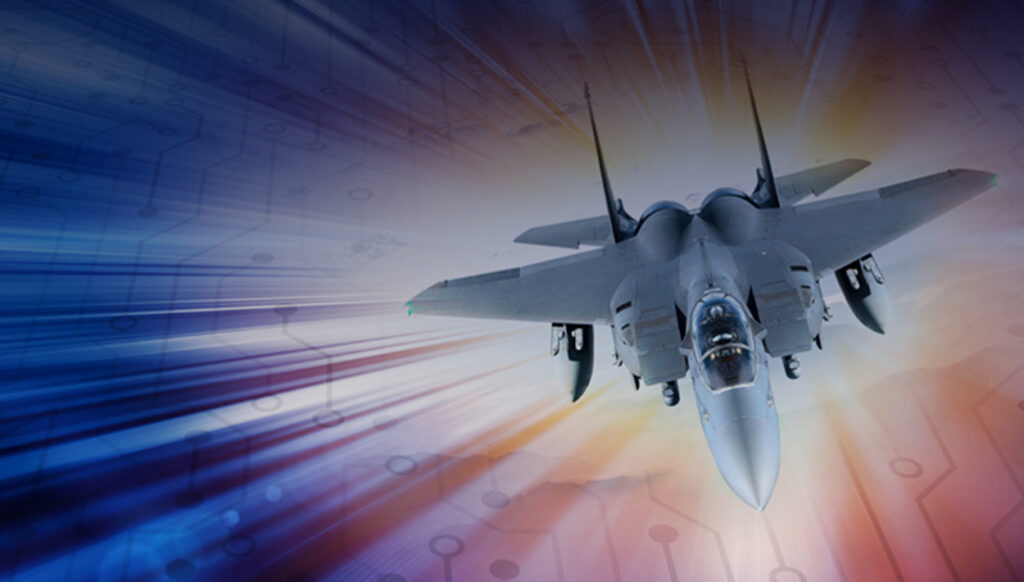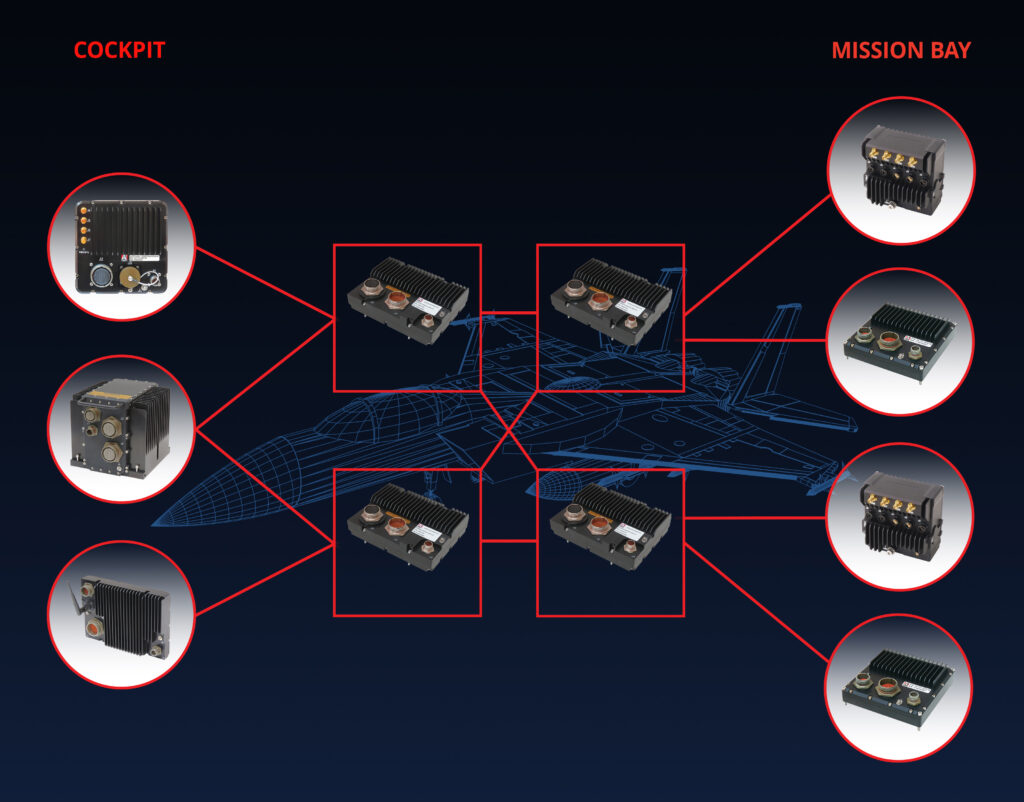OUR EXPERTISE

Digital Connectivity for Military & Aerospace

By applying common foundational technologies across platforms, military electronics are going through a rapid transformation using digital infrastructure. The result is more effective, secure, and efficient networks that can provide a more strategic competitive advantage.
Modeling an “information highway” approach, the Digital Backbone (DBB) provides a unified, connected communication infrastructure for the increasing number of digital technologies implemented throughout military platforms. This concept, which heavily utilizes COTS systems for scale and cost-efficiencies, provides a data-driven picture of system operations.
For military environments, this equates to the increased speed and scalability of incorporating new technologies into applications and enhanced system networking and sharing data-sharing capabilities.
Digital Enablement to Enhance Technology
Future-proof and secure, the Digital Backbone is a singular architecture built explicitly for change. When adding new systems or upgrading existing ones in military applications, these changes must enhance mission readiness, increase functionality, and remain in compliance with industry regulations and certifications. At the forefront of this game-changing shift in embedded electronics, Aitech offers its COTS/MOTS-based DBB that enables military electronics to be significantly more affordable, reliable, and available in a much shorter timeline than ever. Our cost-effective, rugged COTS technologies give system designers more flexibility to develop reliable, rugged electronics for the harsh and unforgiving environments found in military and defense environments
A Common, Networked Infrastructure
The key to acceleration using Aitech’s DBB is seamless integration and high-speed, reliable, secure connectivity between communications systems. To achieve this, TSN (time-sensitive networking) and L3 over Ethernet networks work in parallel to deliver different data types. At the heart of Aitech’s Digital Backbone is its hybrid Ethernet switches, which support both TSN and L3/Ethernet, so data can easily pass between the networks. They are fully redundant, with two installed at each location.
For critical and time-sensitive traffic, mainly on the control plane, TSN delivers hard and soft real-time traffic with low to mid latency. Suppose streaming of video or graphics and other non-critical data is needed. In that case, information L3 routing over Ethernet delivers the best effort traffic, mainly on the data plane, with mid to high latency. TSN uses an 802.1CB redundancy scheme of packet replication over redundant paths (Active-Active), whereas L3 routing uses VRRP (Active-Standby) with traffic only passing through the Master/Active router. Alternative protection schemes are possible, depending on topology (xSTP, LAG w/LACP).

Accelerate to Test, Learn, Scale
Using this modern digital architecture, defense organizations can implement predictive maintenance, ensure data integrity in disconnected environments and measure their sustainability efforts. It also aids combat effectiveness by centralizing intelligence and making information more readily available.
Aitech’s Digital Backbone is designed to:
- Increase data availability using centralized communication
- Streamline performance high-performance onboard computing
- Manage energy storage by optimizing power to critical assets
- Enhance thermal management by improving system efficiency
- Commercialize core services through efficient production methodology
- Provide secure communications across all system levels
Advantage of a Digital Backbone Approach
Modular solutions aligned to the SOSA™ Technical Standard are available for better interoperability and faster fielding. Future conformance to FACE™ (Future Airborne Capability Environment) is also planned.


How and Where to Implement the Digital Backbone
- Active protection systems
- Advanced mission computers
- Data and control plane switching/routing
- Ground mobile, airborne, naval
- High-resolution video/sensor data processing systems
- Inter/intra-system networking and connectivity
- Ultra-fast delivery of uncompressed sensor and video data


